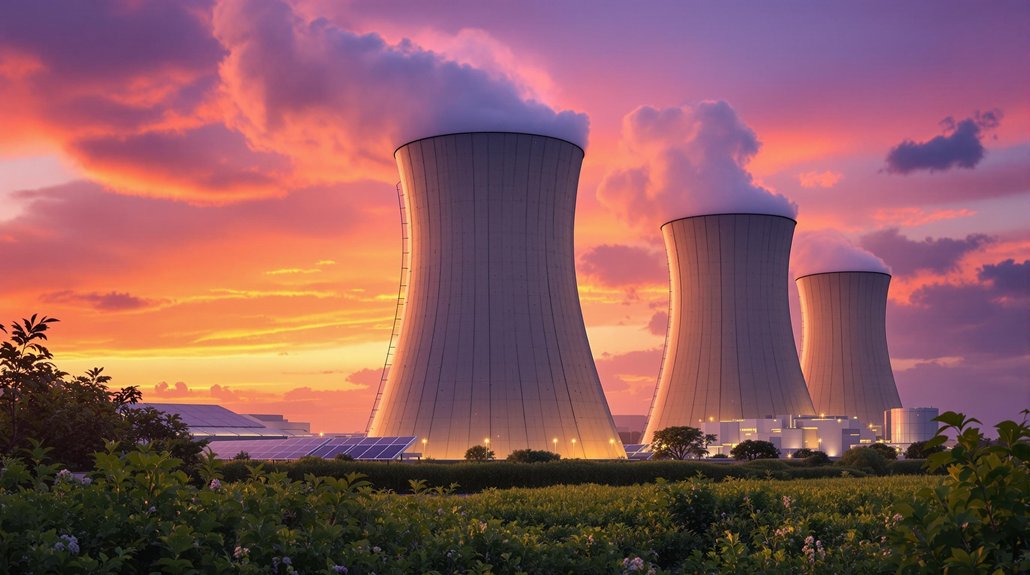While Americans debate the future of nuclear energy, a massive problem sits quietly in storage facilities across the country. About 90,000 tons of nuclear waste remain scattered across the United States with no permanent home. This radioactive material comes from nuclear power plants and weapons production that’s been accumulating since the 1950s.
The waste sits in over 100 storage sites across 39 states. Most of it’s kept in steel and concrete containers called dry casks or in special pools filled with water. These locations were meant to be temporary fixes, but they’ve become long-term storage by default. The country still doesn’t have a central place to permanently dispose of this dangerous material.
Congress picked Yucca Mountain in Nevada back in 1987 as the permanent storage site. But political fighting and legal battles stopped the project cold. President Obama’s administration pulled funding in 2009, saying the project wouldn’t work. Since then, the debate has continued about whether to restart Yucca Mountain or find somewhere else.
Political battles killed America’s only designated nuclear waste site, leaving 90,000 tons homeless.
Meanwhile, the waste keeps piling up. America’s 94 nuclear reactors at 54 power plants create more radioactive waste every year. With growing interest in nuclear power for clean energy and data centers, the storage problem will only get worse. Many storage facilities must regularly renew their licenses to keep operating. Some research reactors face shutdowns because they’re running out of storage space.
States don’t want to become nuclear waste dumping grounds. Most communities fight hard against any plans to store waste in their areas. Only a few regions, like parts of Northwest Colorado, have shown any interest in hosting storage facilities. Canada’s progress with consent-based siting in northwestern Ontario shows how community engagement can help overcome resistance to nuclear waste repositories. This resistance makes it nearly impossible to find new sites.
The current system relies on these robust containers to keep the waste safe. Scientists study how to prevent corrosion and extend the life of storage systems. But without permanent disposal, nobody knows how long temporary storage can truly last. Nine nuclear plants sit within two miles of the ocean, where salt spray can damage metal storage containers over time.
Spent fuel pools pose more safety risks than dry cask storage. Regular safety checks and license renewals help, but they’re not permanent solutions to a growing problem.
References
- https://www.livescience.com/planet-earth/nuclear-energy/theres-90-000-tons-of-nuclear-waste-in-the-us-how-and-where-is-it-stored
- https://www.ans.org/news/article-6920/waste-management-2025-building-a-new-era-of-nuclear/
- https://www.kunc.org/news/2025-01-14/many-states-have-resisted-nuclear-waste-storage-plans-northwest-colorado-is-quietly-opening-the-door
- https://www.cognitivemarketresearch.com/spent-fuel-nuclear-waste-management-market-report
- https://www.nucnet.org/news/us-waste-agreement-clears-way-for-critical-research-into-spent-nuclear-fuel-storage-5-4-2025








